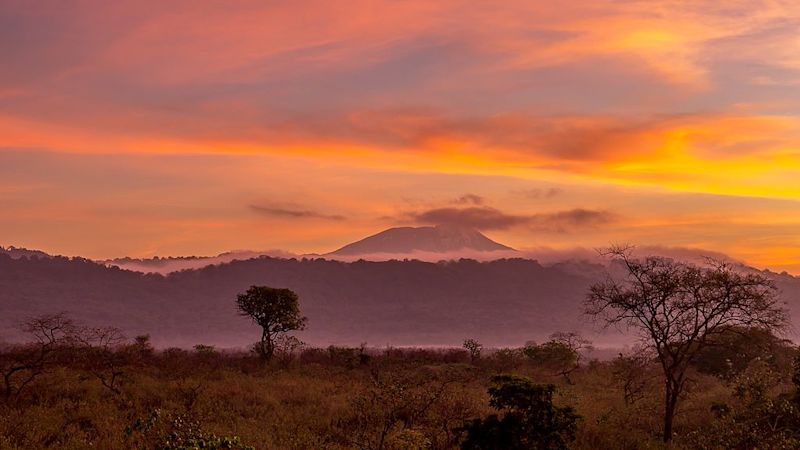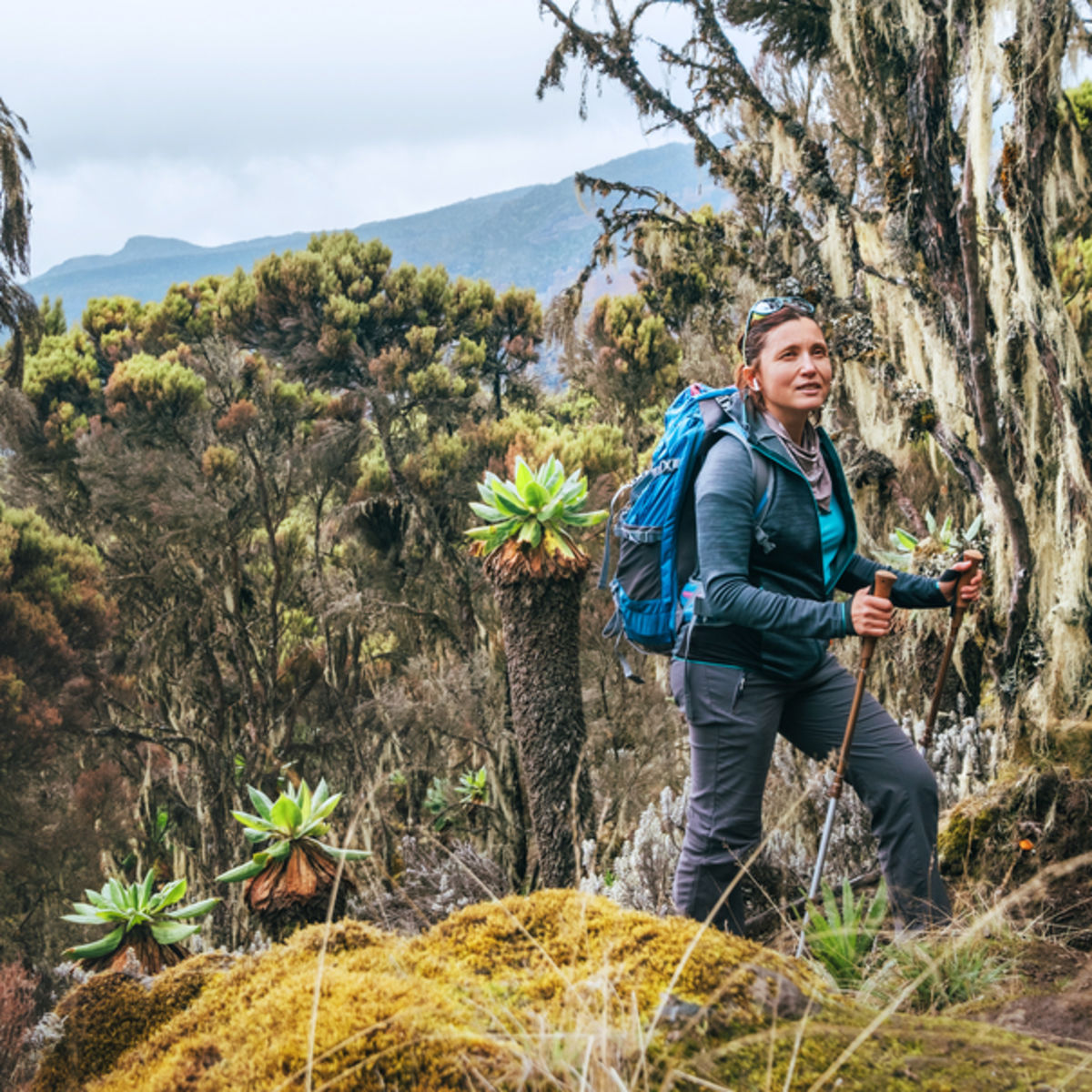
The Umbwe route on Kilimanjaro
The Umbwe is the shortest, steepest and hardest Kilimanjaro route. It's not ideal for most trekkers, as it doesn't give your body much time to acclimatise to the increased elevation. We explain the pros and cons of the Umbwe route.
Quick facts on the Umbwe route
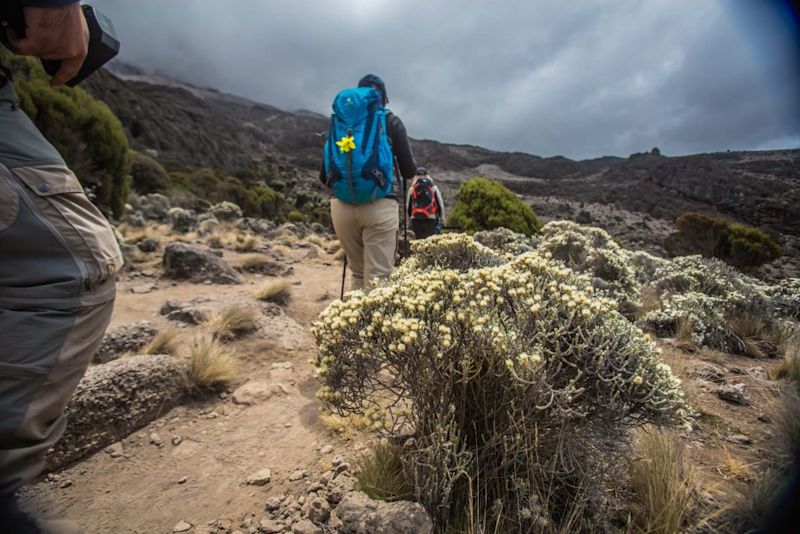
Follow Alice's opinion of the Umbwe
Highlights
Considerations
The Umbwe route is for those who are seasoned high-altitude trekkers and want a very challenging Kilimanjaro climb.
What is the scenery like?
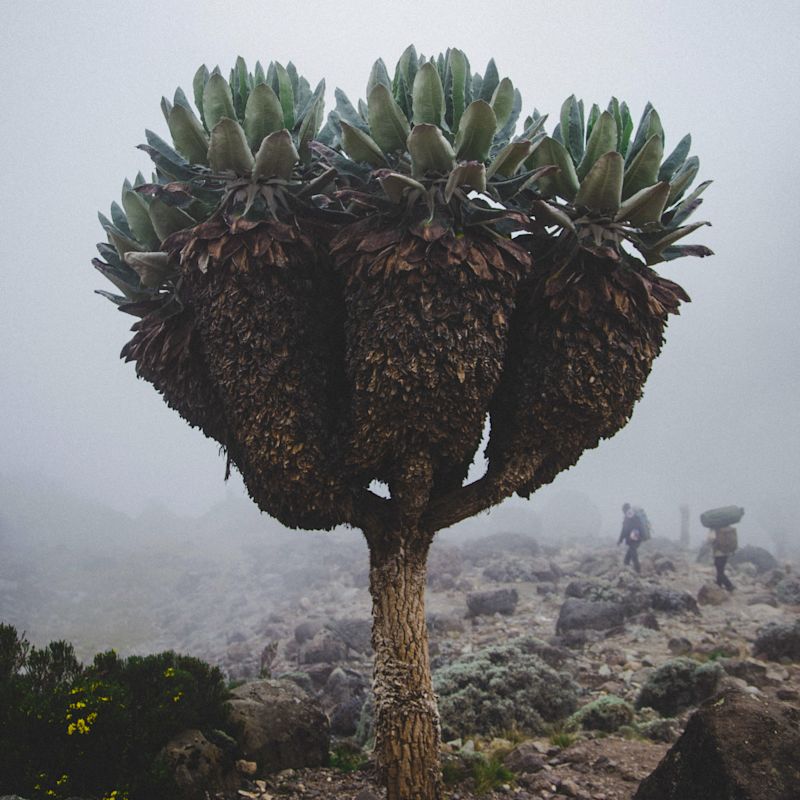
How hard is the Umbwe route?
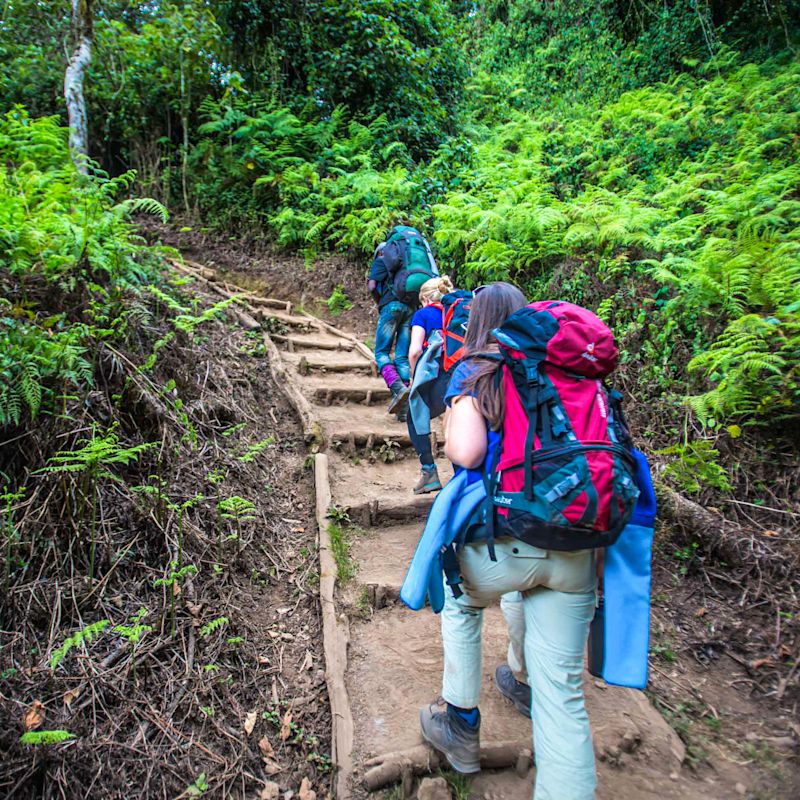
What is the route's success rate?
How busy is the Umbwe?
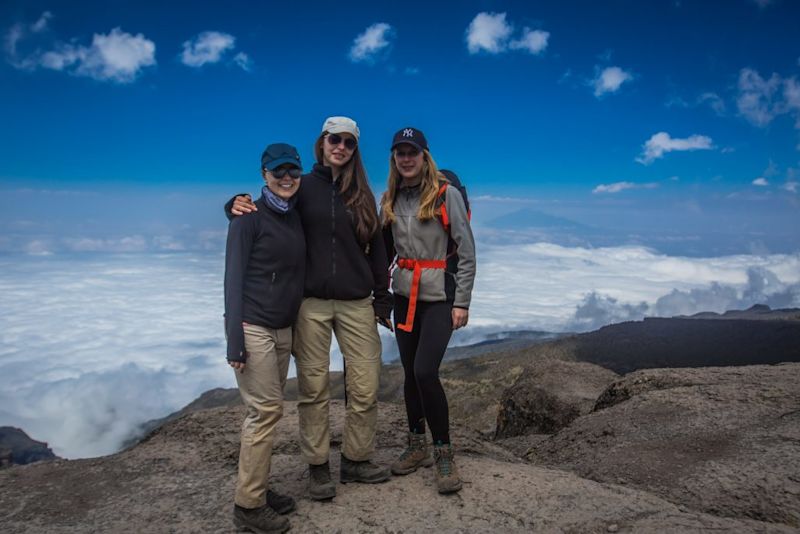
What is accommodation like?
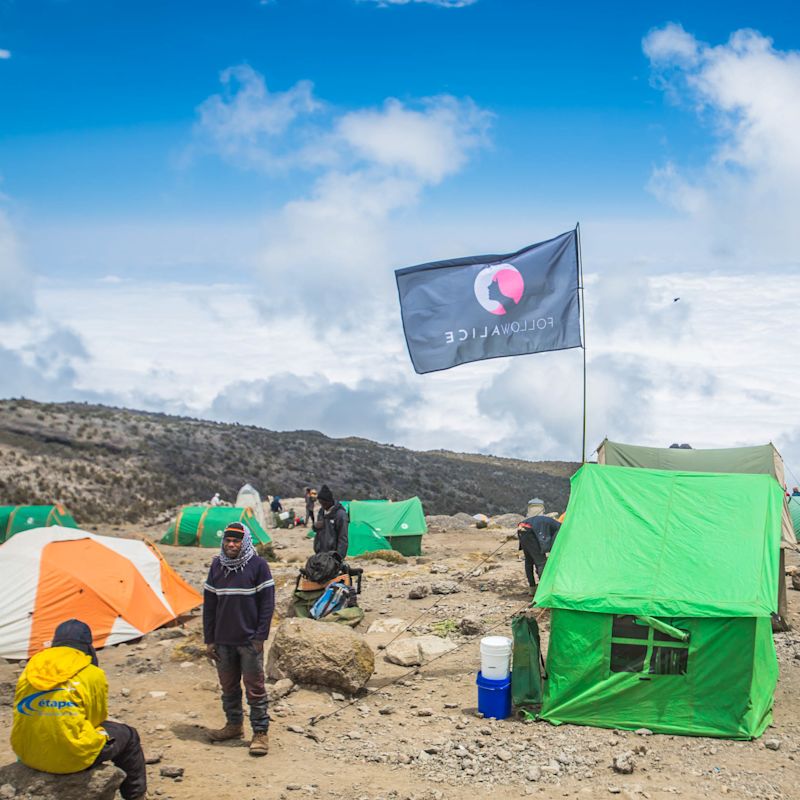
How many days is the Umbwe?
What is the Umbwe route cost?
Thanks to everyone at Follow Alice, from the guys who help plan to the guides and porters, I will never forget my time in Kilimanjaro!
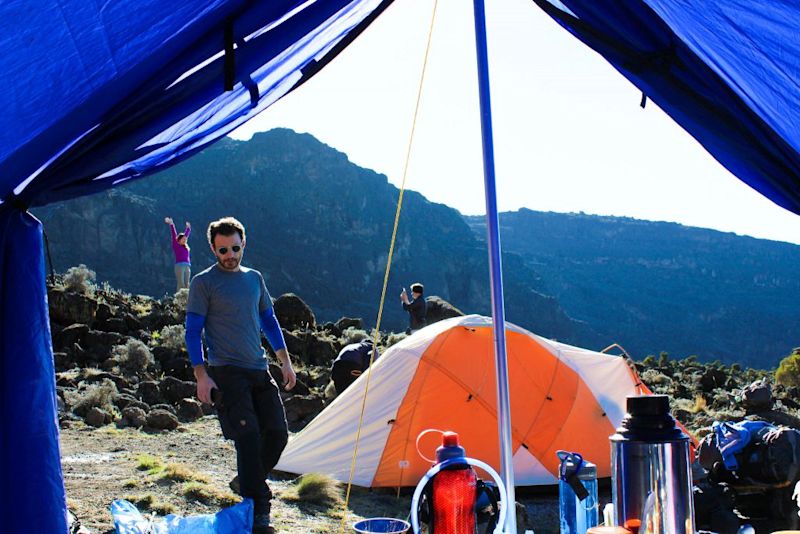
Umbwe route overview
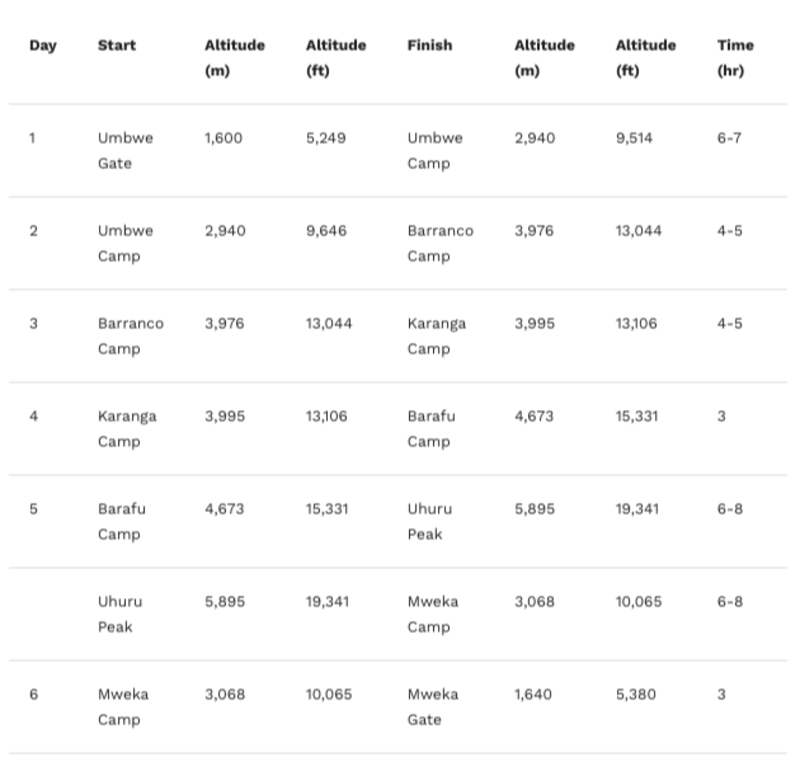
Umbwe route in profile

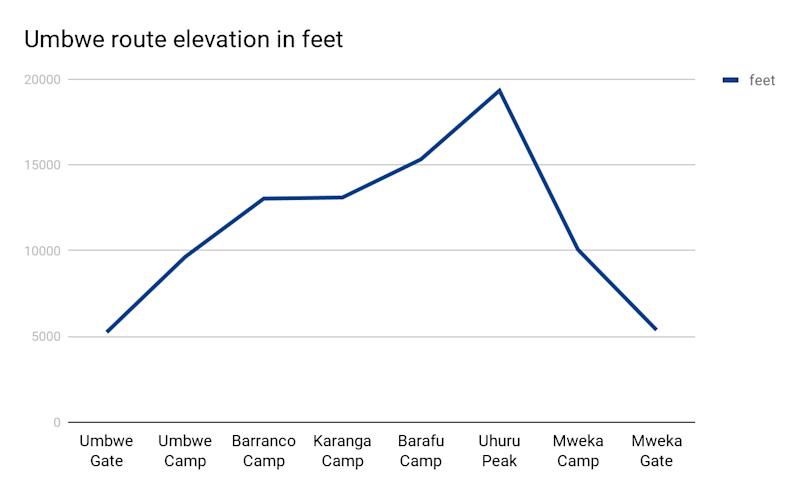
6-day Umbwe route itinerary
The Umbwe route is one of the shortest and most challenging of the Kilimanjaro routes.
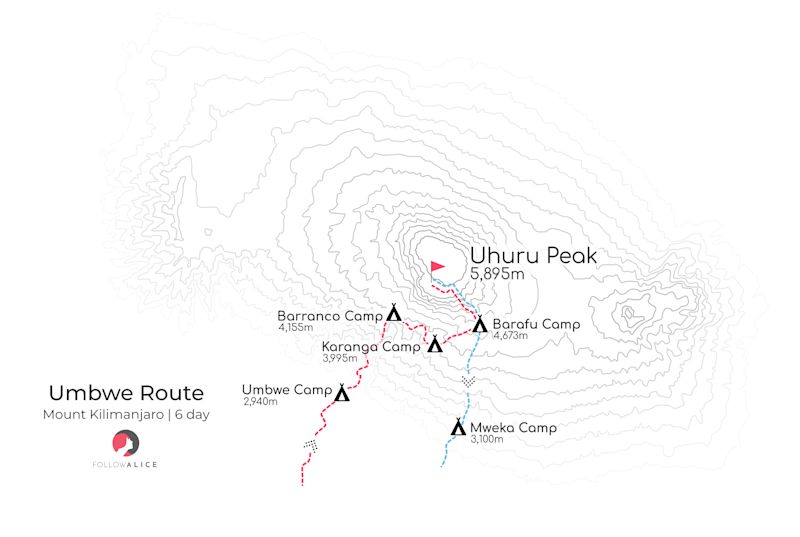
Day 1: Umbwe Gate to Umbwe Camp
Day 2: Umbwe Camp to Barranco Camp
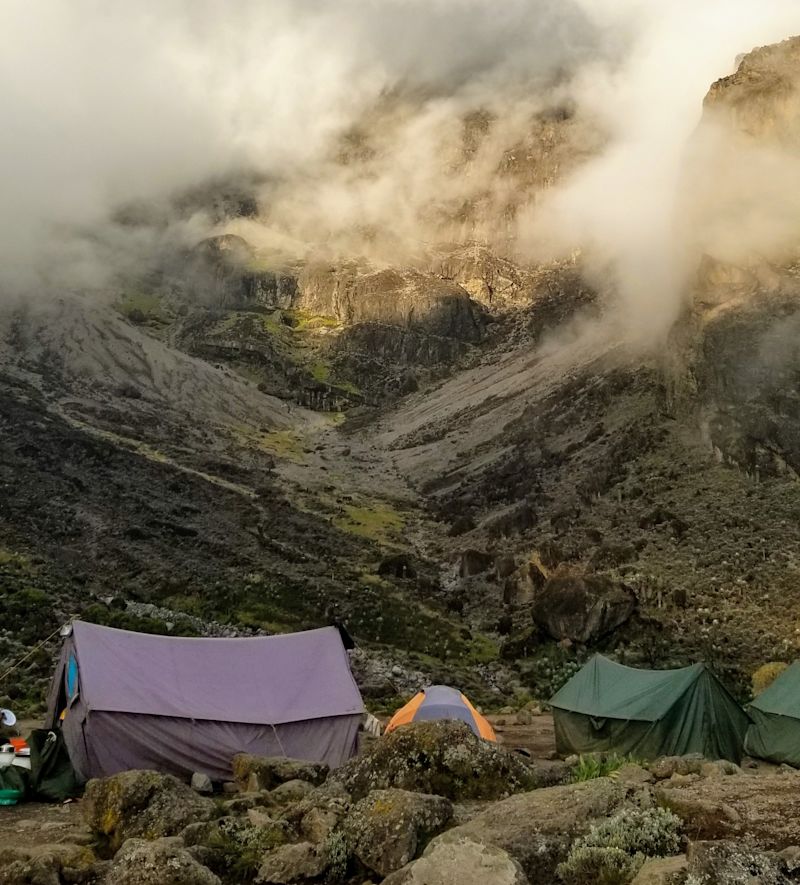
Day 3: Barranco Camp to Karanga Camp
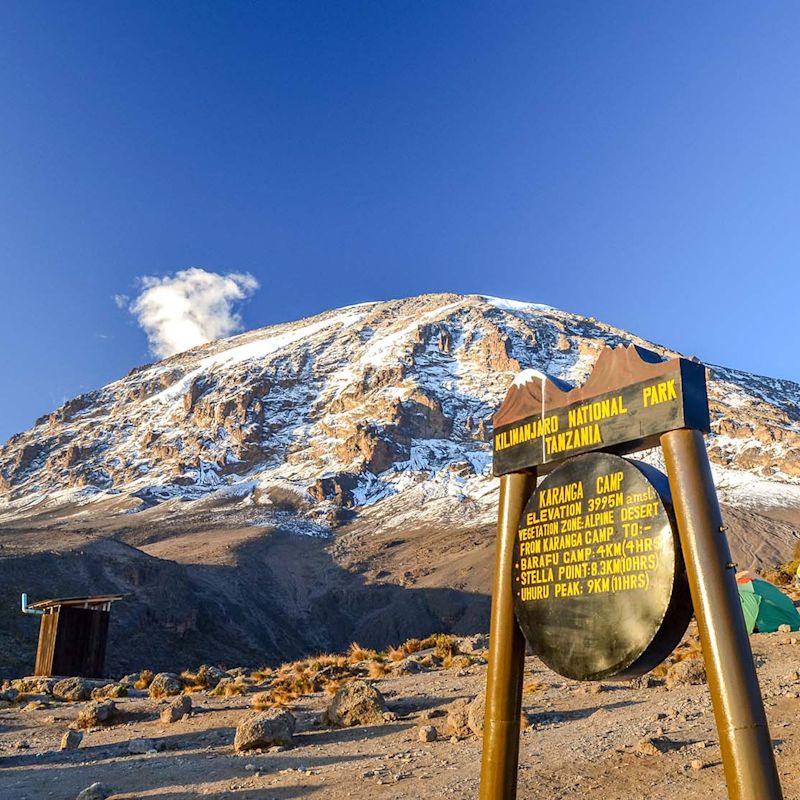
Day 4: Karanga Camp to Barafu Camp
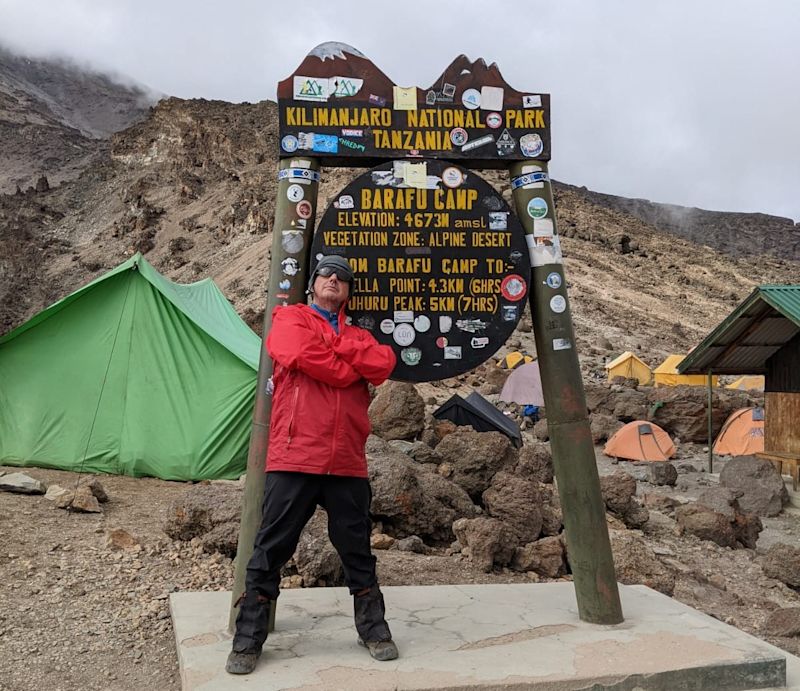
Day 5: Barafu Camp to Uhuru Peak to Mweka Camp
Part 1 | Barafu Camp to Uhuru Peak
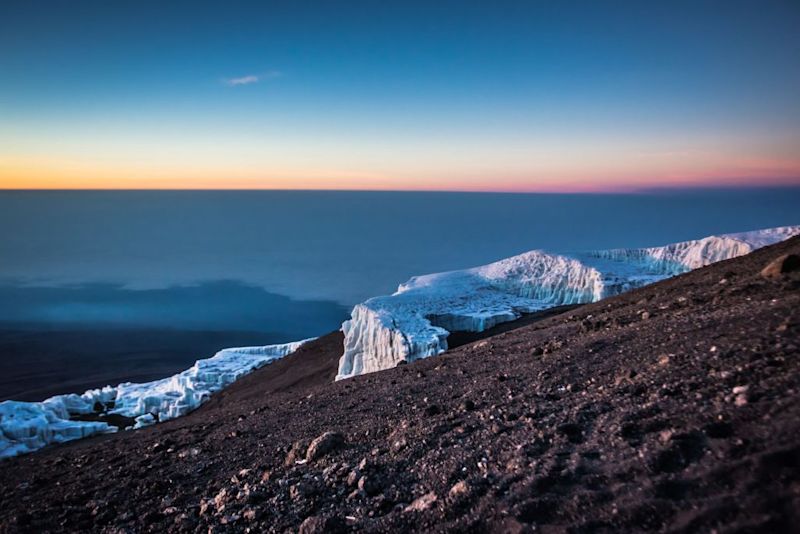
Part 2 | Uhuru Peak to Mweka Camp
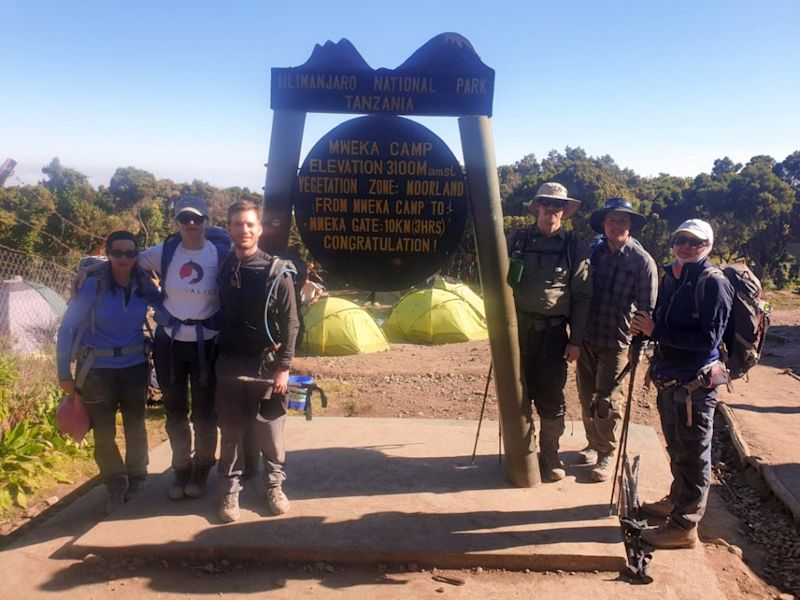
Day 6: Mweka Camp to Mweka Gate
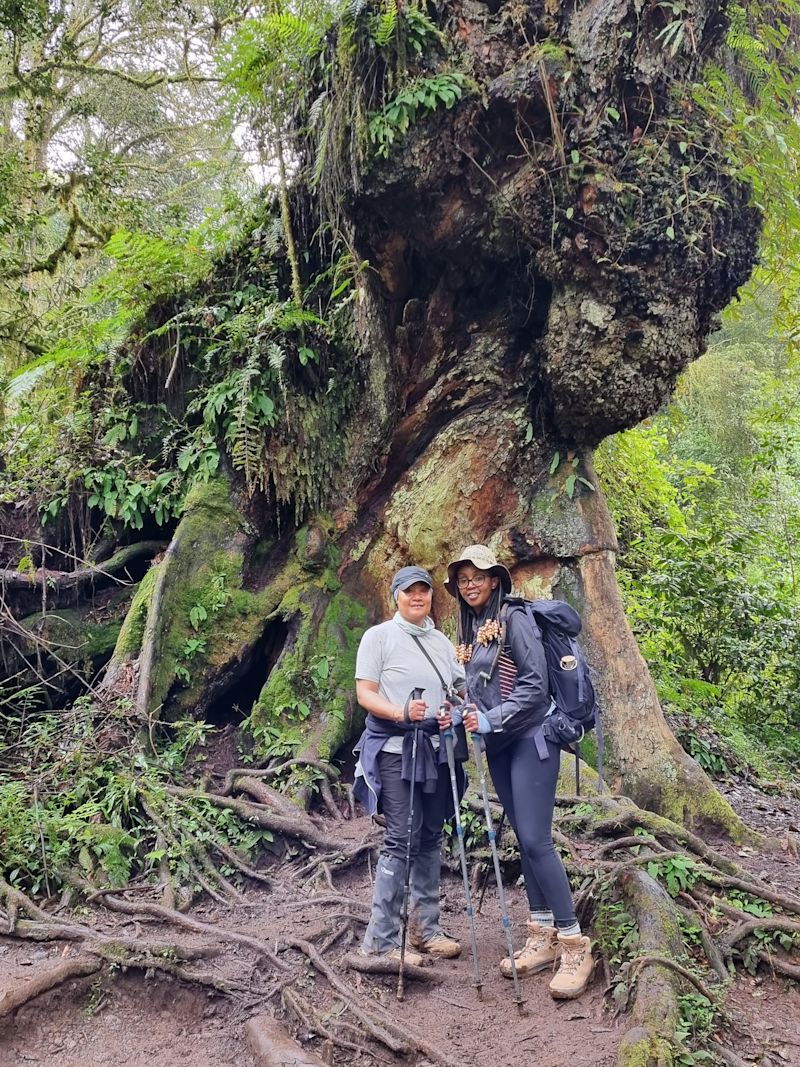
Keen to explore more of Tanzania?
